Fossils
-
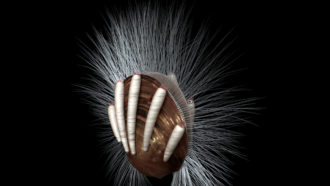 Fossils
FossilsTube-dwelling sea creatures may be oldest known parasites
A fossil bed of clam-like animals from a half-billion years ago is covered in tube-dwelling organisms. These suggest the tube dwellers were parasites, scientists now report.
-
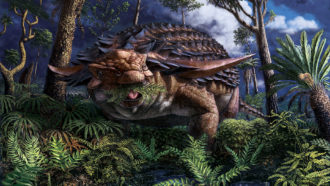 Fossils
FossilsFossil stomach reveals a dinosaur’s last meal
A rare fossilized stomach reveals a dino’s dining preferences. It also provides clues to the ecosystem in which the reptile lived.
-
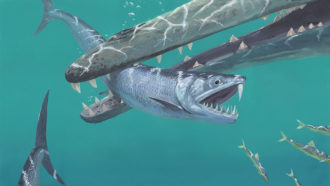 Fossils
FossilsSaber-toothed anchovy relatives were once fearsome hunters
Today’s plankton-eating anchovies sport tiny teeth. But their ancient kin were armed with spiky lower teeth and a giant upper sabertooth.
-
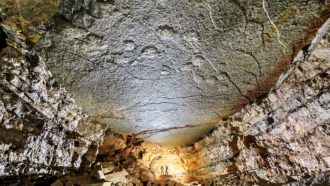 Fossils
FossilsThe challenge of dinosaur hunting in deep caves
Spelunkers aren’t the only people to find caves interesting. So do paleontologists. Though getting to work may be harrowing, they find it’s worth it.
-
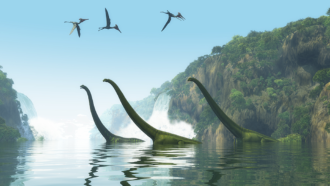 Earth
EarthScientists Say: Jurassic
During this time from about 200 million to 145 million years ago, dinosaurs reigned and many animals evolved, including birds and some early mammals.
-
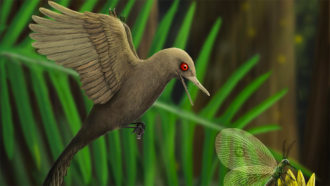 Fossils
FossilsThis dinosaur was no bigger than a hummingbird
The skull of one of these ancient birds — the tiniest yet known — was discovered encased in a chunk of amber originally found in Myanmar.
-
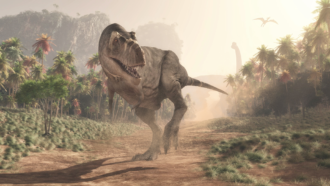 Fossils
FossilsLet’s learn about dinosaur extinction
Dinosaurs disappeared 66 million years ago, at the end of the Cretaceous. What made them go extinct?
-
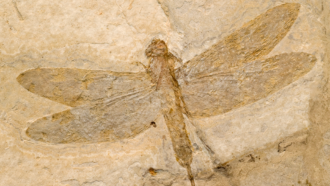 Fossils
FossilsScientists Say: Fossil
Under the right conditions, living things or traces they’ve left behind can be preserved in rock for a long time — millions or billions of years.
-
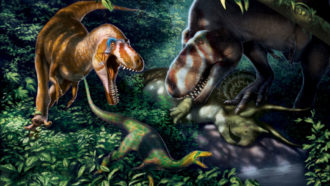 Fossils
FossilsSmall T. rex ‘cousins’ may actually have been growing teens
Dinosaurs once thought to be mini cousins of Tyrannosaurus rex may have been merely adolescent members of the famous species, a new study suggests.
By Sid Perkins -
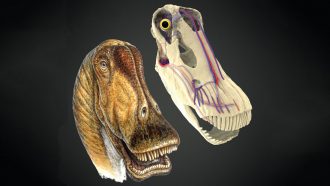 Animals
AnimalsBlood vessels in their heads kept big dinos from overheating
Giant dinosaurs evolved several ways to cool their blood and avoid heatstroke.
-
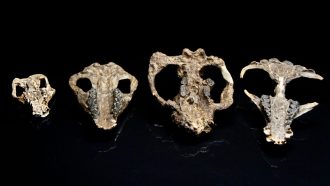 Fossils
FossilsFossils show mammals’ rise to dominance after the dino-killing asteroid
What happened to mammals after an asteroid wiped out the dinosaurs? Newfound fossils show how they grew in size, eventually dominating much of life on Earth.
-
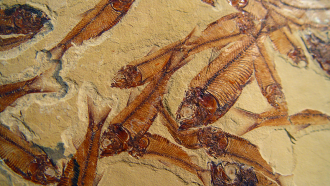 Fossils
FossilsScientists Say: Paleontology
This is the study of prehistoric life based on fossils of microbes, plants, and animals found in rock.